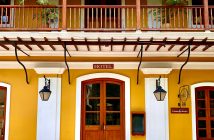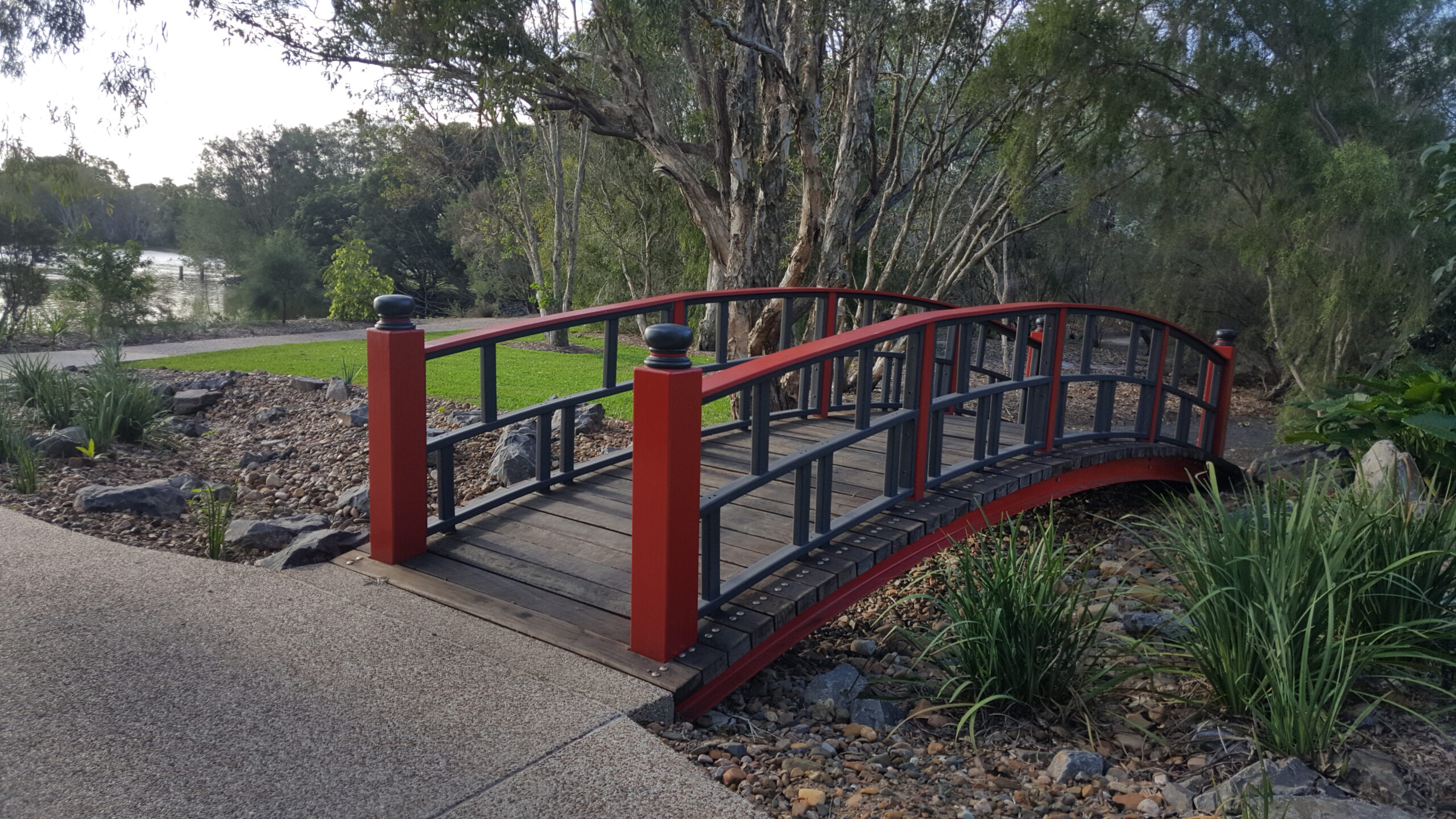
Warli painted huts
Among my weekender quests thus far, Krishivan stays closest to my heart. Not as much for what it had to offer in terms of its natural surroundings but for the wealth of information it brought me during my 2-night stint on this farm. What captivated me most and still leaves a deep footprint is the learning I took away from its owner, Sachin Baikar. An inexpensive place if what you’re looking for is nothing more than a quiet and peaceful retreat. No frills to take your fancy. All said and done; I am inclined to think that I may not have half as enjoyed the experience on the farm weren’t it for Sachin. In fact, I am eager to go visiting again simply to meet and engage in conversation with this intelligent gentleman.
Allow me to get started with the basic features of this place which is located in the foothills of the Sagargad Fort near Alibaug, around a 100km from Mumbai and 120km from Pune. Conceptualised by Sthira Mantra Ecoventures Pvt Ltd, its mission is to create an awareness of nature and promote farming. What most attracted me to this farm was its warli art painted ‘huts’ equipped with single beds, air conditioning, bath & toilet. A teeny structure. Read on for a scientific description of its construction.

My very own hut for the day

Sachin Baikar, owner of Krishivan
Sachin Baikar, the owner of the farm, once worked as an engineer in the Power Plant section of Thermax. His smallest project at the Plant apparently sold at close to Rs 480 cr. He was used to hobnobbing with property owners of 100-200 acres, which led him to secretly harbour a yearning to start an enterprise of his own.
This desire propelled him into completing a certificate course in SYB (Start Your Own Business) with SP Jain Institute of Management. In Agricultural Tourism.
The first question posed to him by SP Jain was about the LOCATION of the property.- Alibaug.
The next was about its POTENTIAL – Tourism.
The following question was about what was AROUND the farm. A forest, with a fort at the top of the surrounding hills – TREKKING.
Of course, as any normal person would, Sachin had doubts about its success, especially because the concept of agricultural tourism came with little glamour. At a corporate, the tie-suit-boot image was far more acceptable even if what the role demanded could, in his opinion, be a mere cut-copy-paste. For that matter at a BPO even the pay could start from Rs. 30K per month and though not much of an income, at least offered a steady source of security. Unlike that of a “farmer” who is constrained to have his income rely solely upon sheer efforts and climatic conditions. Farming, in his opinion, fell among one of a few professions where inputs and outputs were beyond one’s control. No control over organic pesticides, fertilisers, seed rates nor the assurance of sufficient rainfall. No control over the market price too. One could grow tomatoes and jolly well sell them at as low a price as Rs 2/kg in a poor season!
Sachin’s only asset came in the form of this forest like property that belonged to his school grandfather. All of 12.5 acres purchased way back in 1966 at a mere Rs 2,060! Sounds dirt cheap, doesn’t it. Well, it wasn’t so at that time of purchase, when his salary was as low as Rs 21 p.m.! Given the era of his income you know, this figure couldn’t, of course, be considered low.
Now coming to this specific patch of land where three Adivasi huts stand, I understand that the patch falls under a heavy wind flow zone owing to the property’s valley structure. It works as a venturi coming with heavy wind pressure.
If one keeps the doors of the hut open, wind could gush in creating a pressurised vessel like system inside the hut which could collapse the structure. The hut could be pulled up or air-lifted with the sheer magnitude of the wind. To give you an idea, visualise a carton with a small opening that heavy wind pressure would simply blow off. That is the effect the winds would have on the” hut” structure.
This is where the concept of Fluid Dynamics emerged. Where he created a hut lie structure, octagonal in shape he did so to cut the flow of winds. The hut came with edges and anyone would know that edges cut width / total area. Hence, in cutting the wall width the total carpet area got reduced. However, in doing this he avoided the creation of a vortex. The position of the hut was inclined to such an angle so as to have the wind blow parallel to the sides of the hut. It was all about creating minimum resistance to the structure. Why? So as to keep the hut grounded and not fly away with the gusty winds. The direction of the air was plotted with the aid of a compass that set the north-south direction. The Wind Rose diagram, so it’s termed. Genius engineering.

Wooden log house
In the footer of this blog post is a link to the farm’s website which will tell you all that you need to know in terms of its features so as to allow me to dwell solely on its finer attributes. More on Krishivan to follow in the next blog post.
In the meanwhile, do log on to www.krishivan.com to glance through its gallery, features and amenities.






4 Comments
That was quite a read,the scientific explanation to keep the guts grounded was amazing
Thank you Anindita. I owe it all to Sachin Baikar!
Good advertising for Krishivan.
Yes, am hoping the owner has read this.